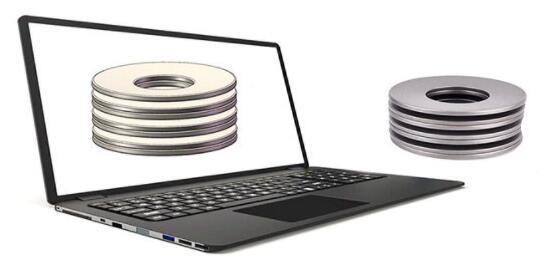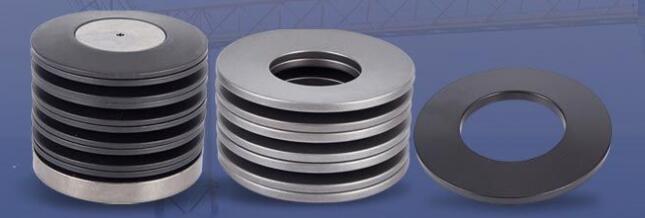Table of Contents
● How many times can you use a Belleville washer?
● What type of spring is a Belleville?
● Why is it called a Belleville washer?
● How do I choose a Belleville washing machine?
● What does a Belleville washer do?
● Should Belleville washers be flattened?
● What are Belleville springs used for?
● Is a Belleville washer a lock washer?

Rather than using a single Belleville washer, you can use two or three Belleville washers. The stack of Belleville washers creates multiple springs, each of which acts against the object.
Belleville spring, disc spring, and conical compression washer are all names for the same type of spring. A Belleville spring is a conical shaped disc that will deflect (flatten) at a given rate. This spring rate is usually very high, allowing the spring to produce very large loads in a very small space.
The “Belleville” name comes from the inventor Julien Belleville who in Dunkerque, France, in 1867 patented a spring design which already contained the principle of the disc spring. The real inventor of Belleville washers is unknown. Through the years, many profiles for disc springs have been developed.

A single Belleville Washer has a specific load for a given deflection. Two washers stacked in parallel will yield double the load of a single washer for the same deflection; three washers will yield triple the load; four washers will yield four times the load, etc.
Their conical configuration enables them to support high loads with relatively small deflections and solid heights compared to helical springs. Belleville Washers are often used to solve vibration, thermal expansion, relaxation and bolt creep problems.
In a Belleville washer application, the manufacturer may say to flatten the washer and then back off slightly. Make sure you don’t back off too far, because when you flatten the washer a second time, it will have less clamping force than it was designed to have.
They are also called Belleville or conical spring washers. Belleville washers are typically used in conditions of high current loading or cycling. They are used to absorb vibration and can maintain preload in bolted joints, indicating correct preload based on the gap between adjacent washers.
These cupped spring washers flatten out as pressure is applied to them. They are commonly used to produce exceptionally high loads in small areas….The Many Industry Terms of Belleville Washers.